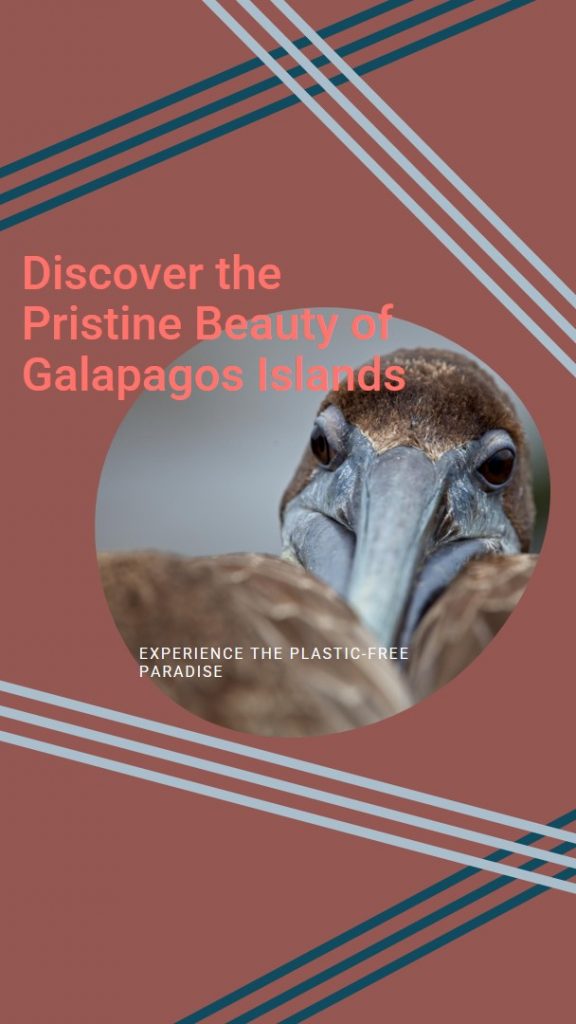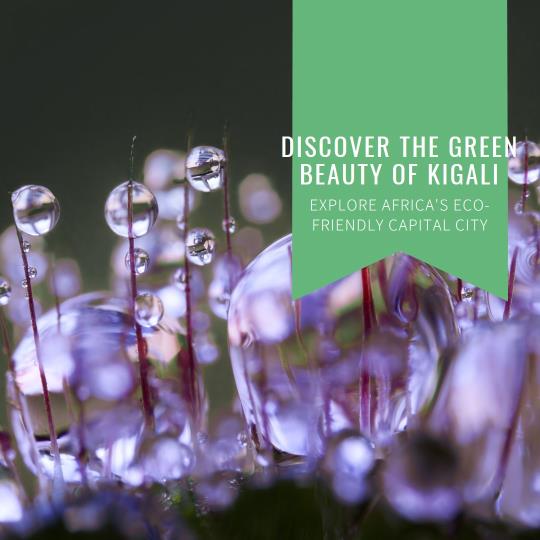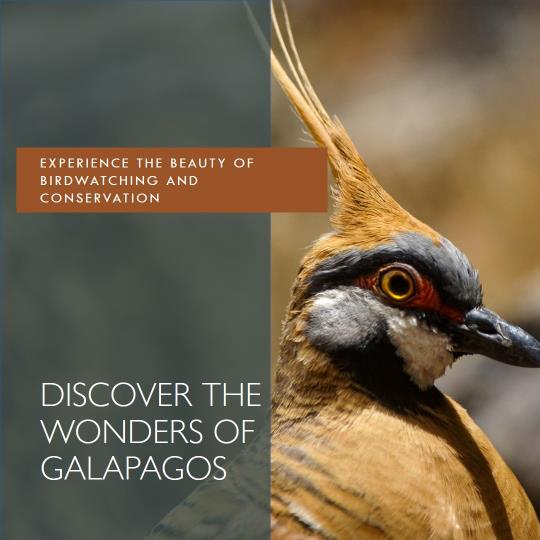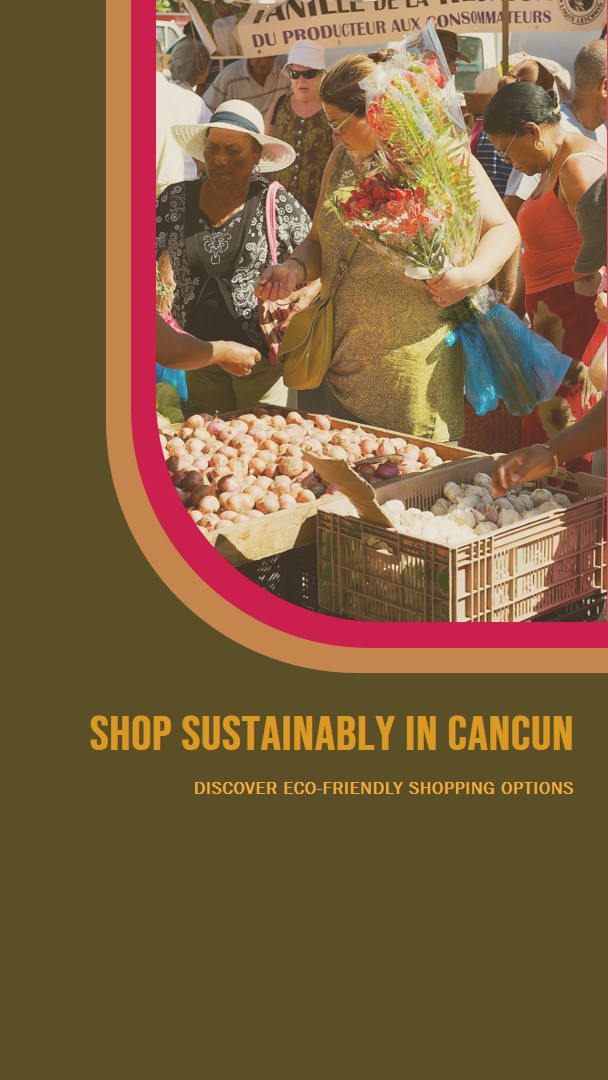Galapagos Islands: Plastic-Free Paradise

🌴 The Galapagos Islands, a UNESCO World Heritage Site renowned for their unparalleled biodiversity and pristine natural beauty, have long been a global symbol of ecological significance. However, as the world grapples with the pervasive issue of plastic pollution, these remote islands are not immune to the problem. In recent years, concerted efforts have been made to transform the Galapagos into a plastic-free paradise, safeguarding its unique ecosystem for future generations.
🌎 The Galapagos Plastic Problem 🌊
Despite their remoteness, the Galapagos Islands have been facing a growing plastic pollution problem. Plastics from both local sources and those carried by ocean currents wash ashore, posing a threat to the fragile ecosystems that make these islands so special. Marine life, including iconic species like the Galapagos tortoise and marine iguana, are at risk due to ingestion of plastic debris and entanglement in discarded fishing nets.
🌱 Conservation Organizations Take Action 🌊
Recognizing the urgency of the situation, several conservation organizations and local authorities have come together to combat plastic pollution in the Galapagos. One of the leading organizations at the forefront of this effort is the Galapagos Conservancy, which has launched the “Galapagos Plastic-Free” campaign.
🌟 The “Galapagos Plastic-Free” Campaign 🌊
The “Galapagos Plastic-Free” campaign aims to reduce plastic pollution and promote eco-friendly practices across the islands. This multifaceted initiative includes:
- Education and Awareness: The campaign conducts educational programs in local schools and communities, raising awareness about the detrimental effects of plastic pollution on the Galapagos’ unique environment.
- Plastic-Free Tourism: Tour operators, hotels, and restaurants are encouraged to minimize single-use plastics, such as straws and water bottles. Many businesses have already switched to eco-friendly alternatives.
- Beach Cleanups: Regular beach cleanup events are organized to remove plastic waste from the shoreline and coastal areas. Volunteers, including locals and tourists, participate in these efforts.
- Recycling Initiatives: The campaign promotes recycling programs and provides resources to improve waste management on the islands.
- Fishing Industry Collaboration: Collaborations with the local fishing industry have led to the implementation of responsible disposal practices for fishing gear, preventing ghost fishing and marine entanglements.
🌊 Results and Progress 🌊
Thanks to the combined efforts of the “Galapagos Plastic-Free” campaign and other initiatives, significant progress has been made in reducing plastic pollution in the Galapagos Islands. The conservation organizations, with the support of the local community and tourists, have made remarkable strides in creating a plastic-free paradise.
👍 The Role of Responsible Tourism 👣
Tourism plays a pivotal role in the Galapagos Islands’ economy, and responsible tourism is key to preserving the environment. Tourists are encouraged to follow eco-friendly guidelines, such as using reusable water bottles, avoiding single-use plastics, and respecting wildlife.
🐢 Protecting Wildlife and Habitats 🌊
By reducing plastic pollution, the Galapagos Islands are not only protecting their unique and iconic wildlife but also preserving the health of their marine and terrestrial ecosystems. The Galapagos are a living laboratory for scientific research and a model for sustainable coexistence between humans and nature.
The Galapagos Islands are a UNESCO World Heritage Site and one of the most biodiverse places on Earth. However, even this remote paradise is not immune to the global problem of plastic pollution.
In recent years, the Galapagos National Park and various other organizations have taken steps to reduce plastic pollution in the islands. These efforts have included:
- Banning single-use plastics: In 2018, the Galapagos National Park banned the use of single-use plastics, such as straws, bags, and bottles, in the islands. This was a major step in reducing the amount of plastic waste entering the Galapagos ecosystem.
- Promoting eco-friendly alternatives: Eco-friendly alternatives to single-use plastics are now widely available in the Galapagos. For example, reusable water bottles, straws, and shopping bags are easily found in stores and restaurants.
- Educating visitors and residents: The Galapagos National Park and other organizations are working to educate visitors and residents about the importance of reducing plastic pollution. This includes educational programs, signage, and social media campaigns.
The “Galapagos Plastic-Free” initiative is a collaborative effort between the Galapagos National Park, the Galapagos Conservation Trust, and other organizations to reduce plastic pollution in the islands. The initiative aims to raise awareness of the issue, promote sustainable practices, and support the transition to a plastic-free Galapagos.
How you can help
Visitors to the Galapagos can play a role in reducing plastic pollution by following these tips:
- Bring your own reusable water bottle, straw, and shopping bag.
- Avoid using single-use plastics, such as straws, bags, and bottles.
- Dispose of all trash properly.
- Support businesses that are committed to reducing plastic pollution.
By following these tips, visitors can help to protect the Galapagos Islands and its unique biodiversity.
🌏 A Model for the World 🌊
The efforts to make the Galapagos Islands a plastic-free paradise serve as a beacon of hope and inspiration for conservation initiatives worldwide. These islands, once threatened by plastic pollution, are now on the path to becoming a shining example of successful environmental preservation.
🌴 A Plastic-Free Paradise for Generations to Come 🌊
The Galapagos Islands, with their breathtaking landscapes and incredible biodiversity, are a treasure worth protecting. Through the “Galapagos Plastic-Free” campaign and the dedication of those who call these islands home, a cleaner, more sustainable future is being forged. Together, we can ensure that the Galapagos remain a plastic-free paradise for generations to come, demonstrating the profound impact of collective conservation efforts on our planet’s most precious ecosystems. 🌎🐢🌊






